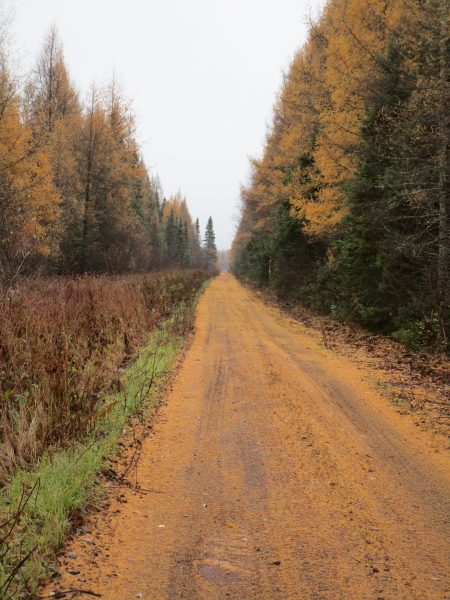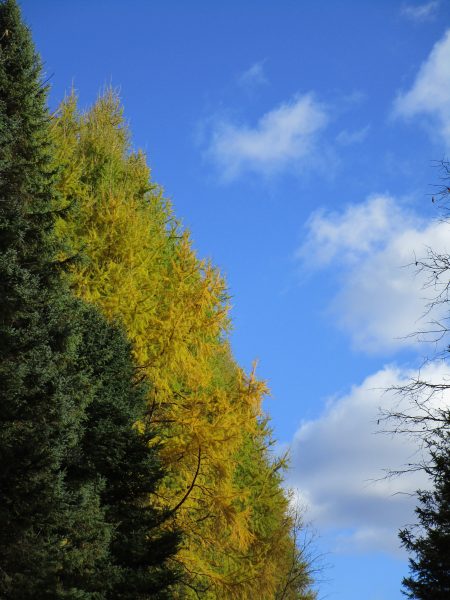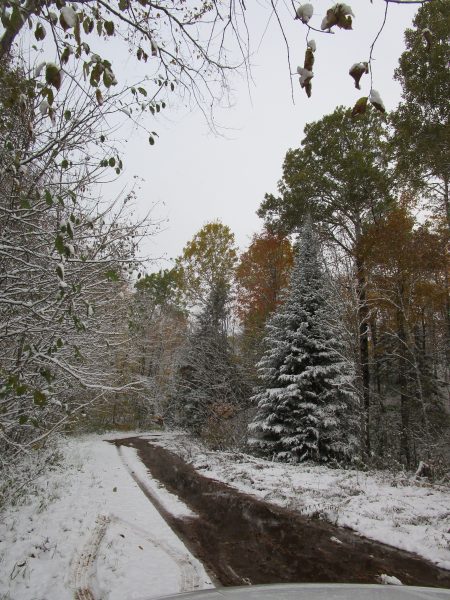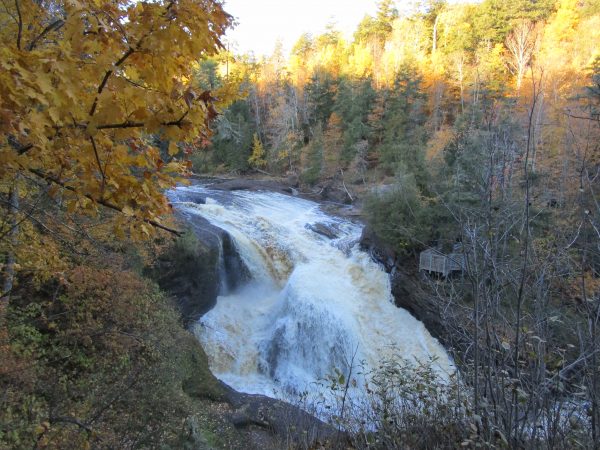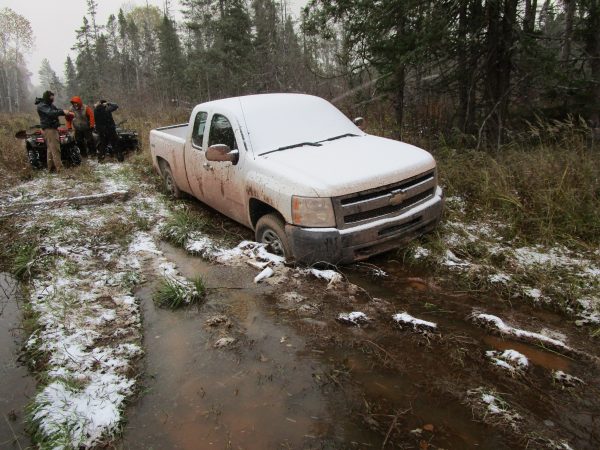After ~8 months, I am saying goodbye to Cottage Grove, OR and the folks at the Dorena Genetic Resource Center. They have been wonderful, funny, and incredibly supportive, especially through the government shutdown and graduate school applications. As I reflect back on these last few months, one of the things that really stands out is the range of people I got to work with.

Teo: the somewhat grouchy (and incredibly loud) nursery crew member
The nursery crew itself has been a blast. We weren’t always working on the same project, but when we were, we would chat about everything from the band one of my coworkers was in to the benefits/downsides of coffee drinking and the philosophy of Simone de Beauvoir. During much of my time there, I was out in the greenhouses or collecting seeds around Oregon. Towards the end, most of my time was spent in the seed plant under the guiding hand of Haley Smith, who works near miracles managing all the seeds that we process and collect. She encouraged a combination of diligence and creativity, pushing us to question what we were doing (even if she is the one who taught us how to do it) and see if we could find ways to do it better.

Some of the nursery crew transplanting seedlings
As fun as the nursery crew is, there are a bunch of other folks at Dorena that I got to know. I got to work with Doug Savin and Richard Sniezko a bit on a side research project that I will be continuing to work on relating to Pacific Madrone (Arbutus menziesii). I also got to work with the Port Orford Cedar (POC) group (mainly Erin Hooten and Evan Heck) on POC cone collection and inventorying. The inventorying was more challenging than one might think because the trees have a habit of falling over in the wind and ending up in a new location. That and they die without telling anyone so they seem to just disappear from the inventory.
The other largest group of people is the rust crew, which is similar to the nursery crew I worked with but focusing on disease resistance building rather than horticulture. One of the times we got to work with the rust crew was during inoculation. Inoculation was a crazy experience. The basic premise is that we are testing various species of five-needle pines for potential resistance to white-pine blister rust (caused by Conartium ribicola). There was an effort to help save these species by removing the other required host species (mostly Ribes spp.) but that is both incredibly resource-intensive and largely ineffective. So Dorena is going at it by trying to breed individuals that can survive the disease rather than stopping the disease itself.

Covered boxes of seedlings during inoculation
What that looks like for the employees is first a mad dash to collect Ribes leaves with the spores on them to use to infect the trees we want to test. Then we place the leaves over the trees and wait until you have around the right spore count on the seedlings to ensure that they will be infected. Then, usually around 1 or 2am, you call people in to check the spore counts and, once they hit the target number, quickly remove all the leaves. Then for a few days you have to have at least one person watching the chamber with the seedlings in it 24/7 to make sure the humidity and temperature are at adequate levels. We only did this 3 times this year. Apparently, they did it 5 times one year and by the end of it I think the sleep-deprivation was getting to people. However, 3am is a great time to have somewhat delusional conversations and get to know people. It was especially fun since I was with people with whom I rarely worked and working on a project that was also relatively new to me.

Box of seedlings with the top half planted and bottom half to plant
The nursery crew got to work with them again while planting next year’s batch of seedlings to inoculate outside in the pouring rain. Though also a good bonding experience, it was admittedly somewhat less conducive to conversation. Luckily, we had some umbrellas to huddle under (though of course there were not enough to go around) and good rain gear so the rain was more of a nuisance than a real discomfort.
It was wonderful to have the chance to not only work with the nursery crew, but also interact and work with a whole other set of people with a variety of backgrounds (anything from 27 years at Dorena to 10 years fighting fires to a PhD in plant breeding). The center manager, Lisa Winn, and the center horticulturist and head of the nursery crew, Lee Riley, are both incredible resources and fun people to talk to. It is a lot easier to work somewhere when your coworkers and bosses are people you both respect and enjoy spending time with.

Dorena gags (always fun to walk into a greenhouse to find these guys hanging out)
As I have been going through the PhD application process, the people at Dorena have been incredibly helpful, offering good advice and support along the way. Part of the reason I took this internship was to get a sense for what it’s like to work in a government agency and see if I could do the type of research I like in that type of environment. Admittedly, there were some definite downsides of working for the government (i.e. not being allowed to work for them for 5 weeks), and a lot of good people end up leaving because they are frustrated or feel unappreciated. However, there are still good people working there and the work they do is, at least in my view, important. At the very least, I had the chance to speak with some people who have been working for the government and get their perspective on the experience, which has majorly informed my graduate school decision-making process. I feel very lucky to have had this opportunity and hope to keep in touch going forward.

Dorena sunset

